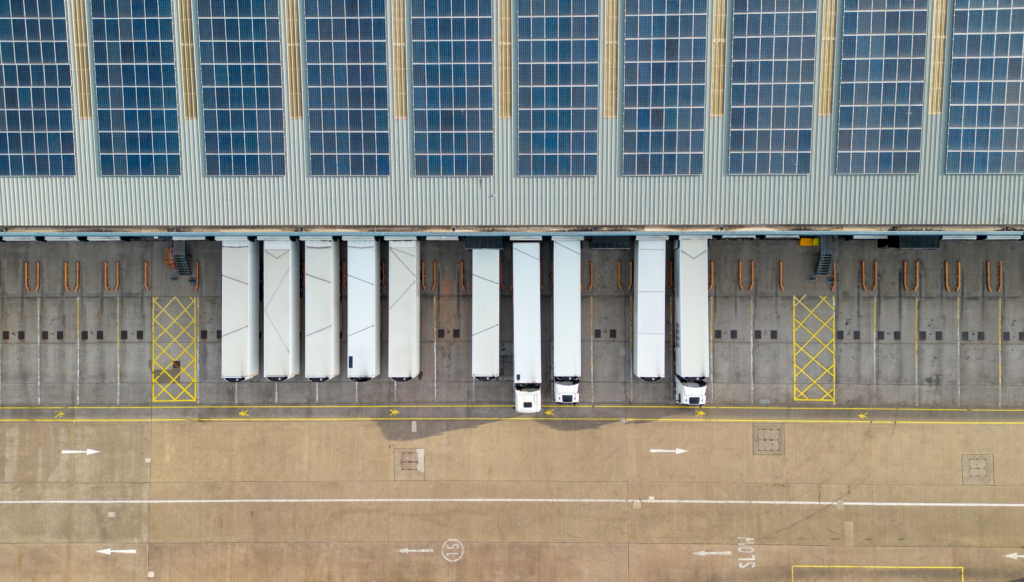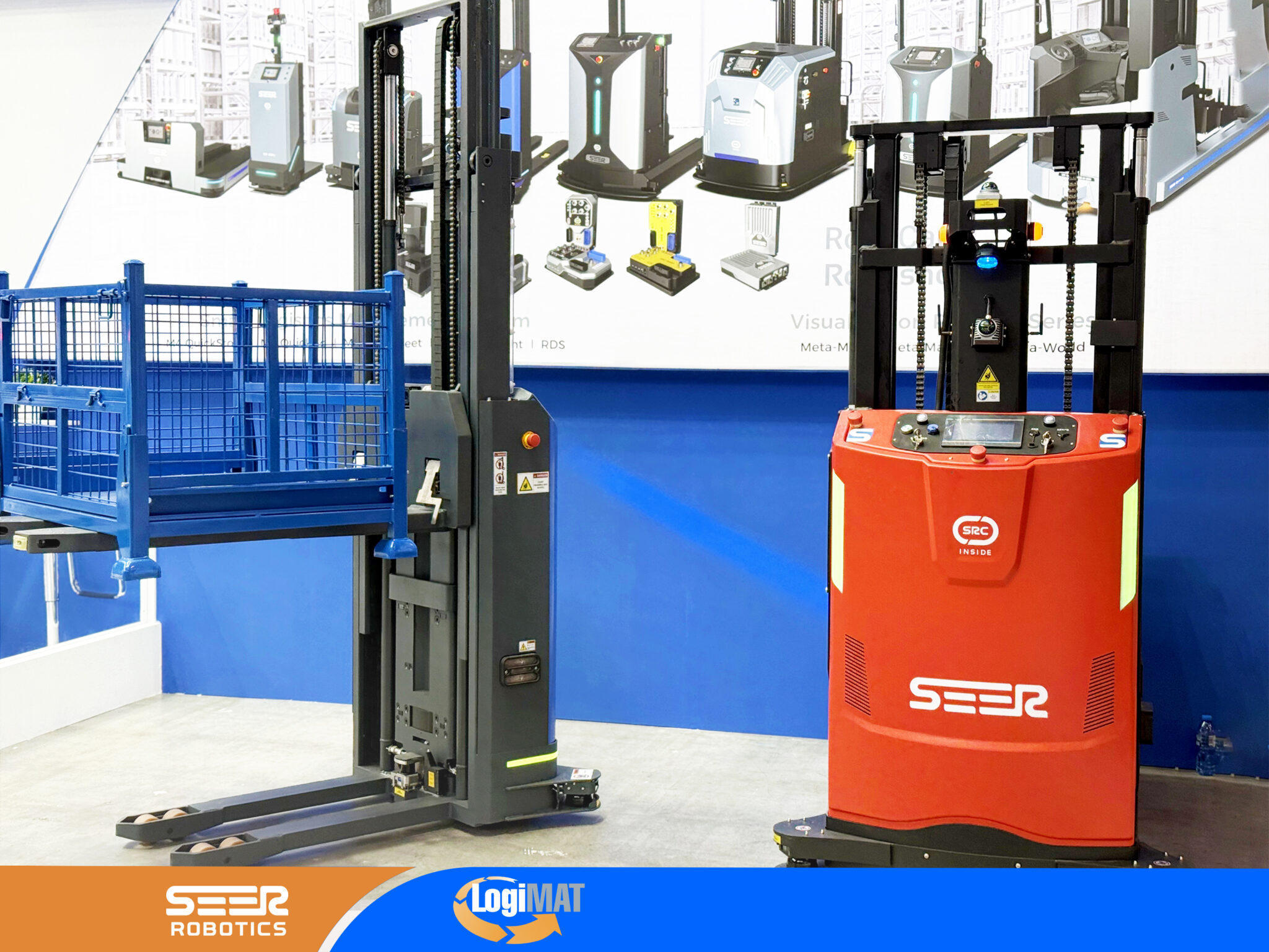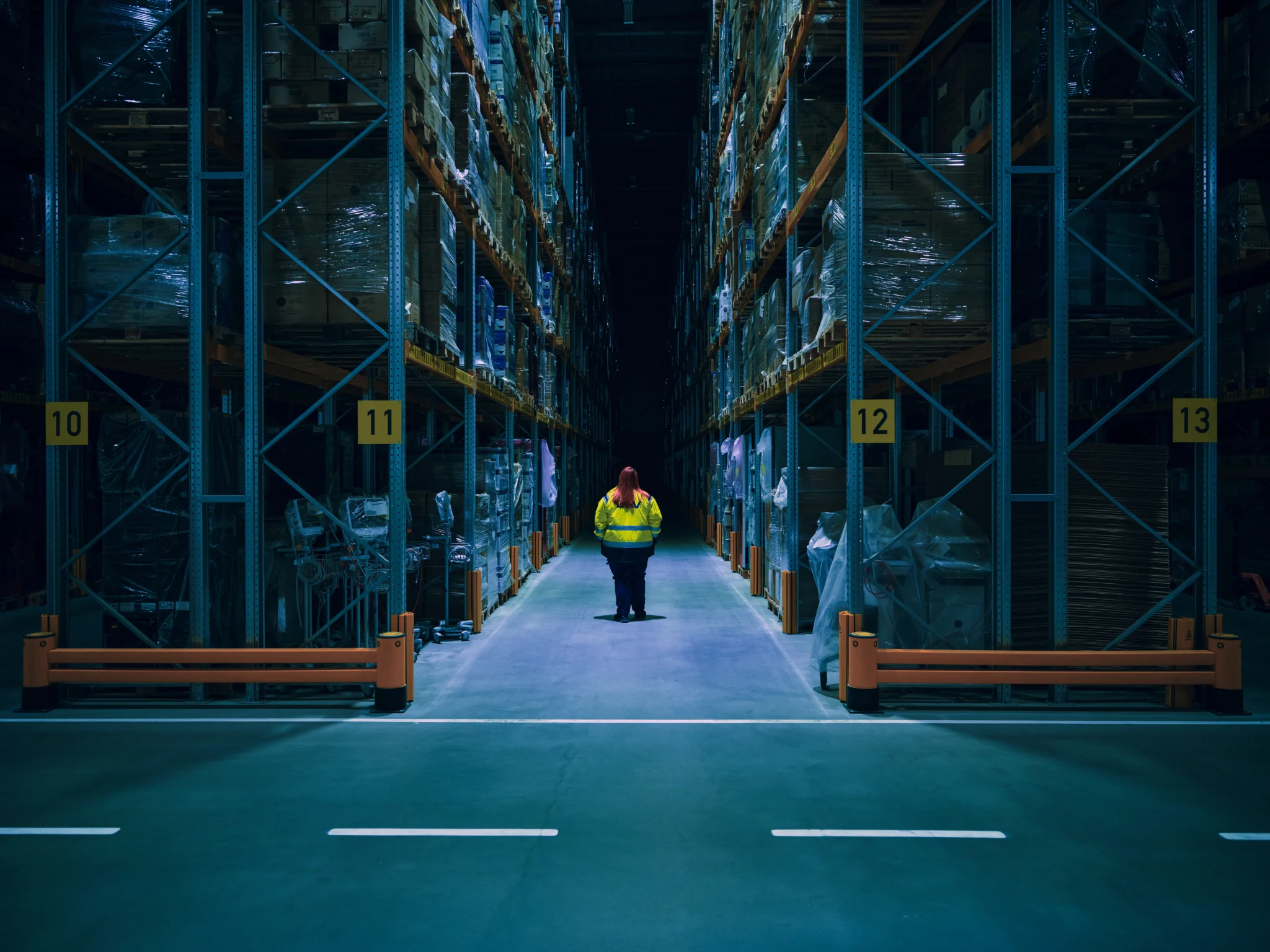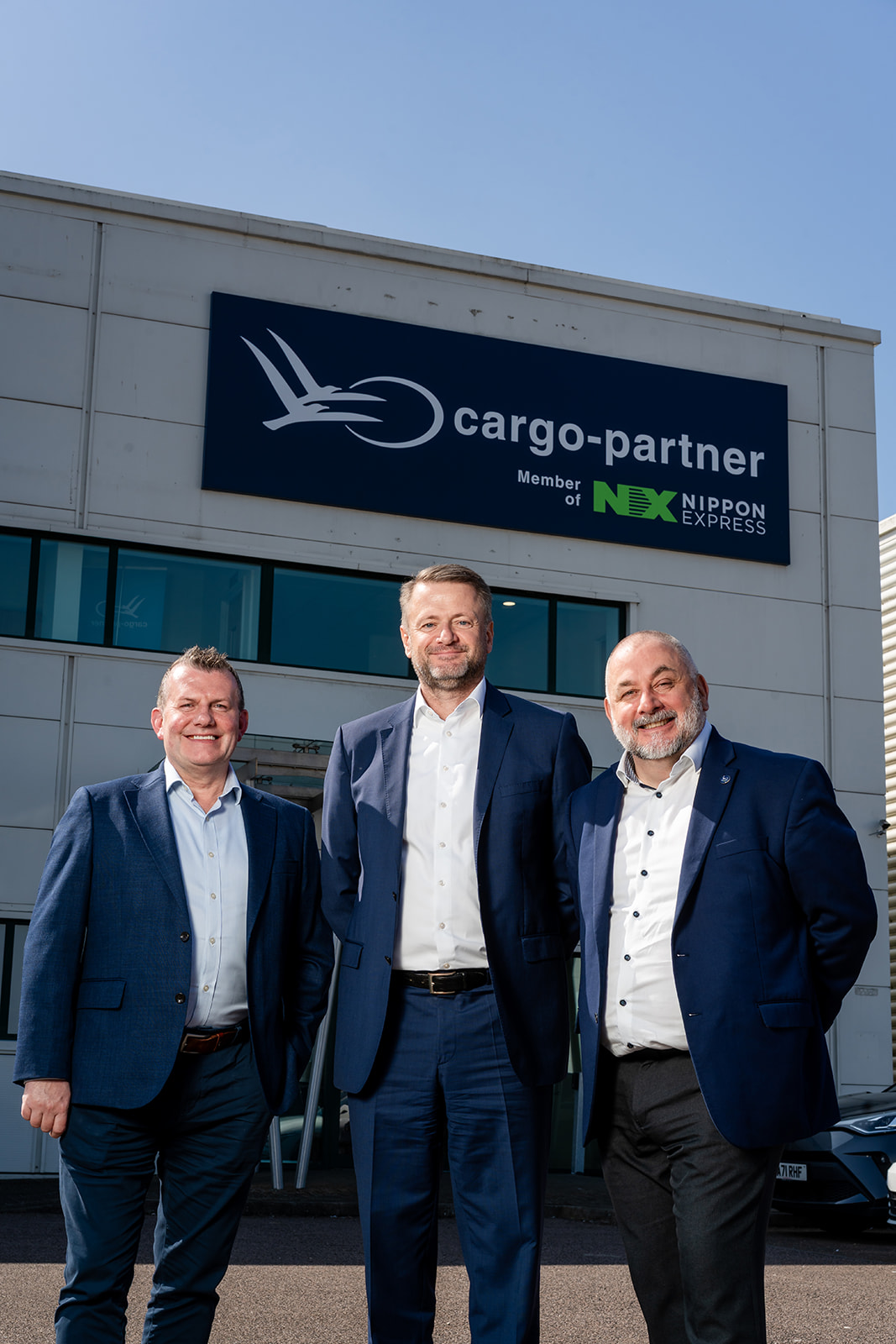More and more BBQ enthusiasts are on fire for the products of the US company Char-Broil. To transport more than 450 containers of grills from suppliers to warehouses, the company manages its supply chain with Setlog’s OSCA software. Since then, e-mails and Excel lists for controlling the supply chain have been history.
“The prompt status updates from our suppliers in the digital, central solution are extremely valuable,” says Marco Peters, Head of Logistics Management, Europe, Char-Broil Europe.
Whether you’re a steak connoisseur or a vegetarian, no one turns down an invitation to a barbecue with family and friends on a warm summer evening. But barbecue fans know from experience that the mood is quickly dampened if the steak or eggplant is not evenly grilled or even burnt. Party professionals therefore leave nothing to chance and rely on professional equipment.
One of the leading suppliers of various grill systems and accessories for outdoor use is the US company Char-Broil. Its European subsidiary has been based in Hamburg for nine years. The company belongs to the consumer goods specialist W. C. Bradley. Today’s modern solutions have little to do with the first charcoal barbecue made of cast iron, which the Americans produced in 1948 in the tranquil town of Columbus, Georgia. Today, grill masters are turning to innovations such as digital smokers or hybrid grills from Char-Broil for special taste experiences, known in the trade as Maillard reactions.
The Americans are particularly proud of the patented TRU infrared grilling system. It offers a number of advantages, including 50 percent juicier food, 100 percent even heat distribution and up to 30 percent less gas consumption. The company’s slogan is “just grill”. The fact is that developing such solutions requires expertise in the fields of materials technology, gas combustion, die-casting design and software. The effort pays off: in 2020, the company was honored with the “Best Brands Award” as Germany’s strongest growth brand.
The products are no longer produced in the USA, but largely in Asia: 14 suppliers in Vietnam and China deliver around 100.000 barbecues to the European market and the UK every year. Transportation is managed by the logistics service provider DHL. There are also direct imports – from Amazon, for example. “The products arrive in around 450 containers and are distributed to three distribution centers,” reports Marco Peters, Head of Logistics Management Europe. The warehouses, which are all operated by 3PLs, are located in Birmingham, near Aarhus in Denmark and in Malsch near Karlsruhe. The latter is operated by the service provider Dachser. Customers throughout Germany and other Western European countries are supplied from the facility in Baden-Wuerttemberg.
More than 100,000 barbecues imported from Asia in total per year – this figure is enough to make any supply chain manager’s head spin. Until the beginning of 2023, it was a lot of work for the buyers and supply chain managers at Char-Broil. Each order was placed by email with the relevant supplier, confirmations had to be made manually, and the logistics service provider then commissioned. In addition, they often had stomach aches when it came to the arrival times of the goods. The supply chain was not transparent. The major disadvantage was that employees had to use several systems to manually adjust the correct arrival date in the event of a delay.
However, following the example of the TRU infrared grills, the supply chain management team also wanted to make sure that nothing was left to chance when it came to supply chain management and created an organizational IT blueprint to digitize their supply chain: at the same time as introducing SAP S4 HANA, the company implemented Setlog‘s OSCA SCM software in January 2023. The Bochum-based IT company won the tender against several competitors. “OSCA was the best fit for our requirements for a powerful system that could be implemented quickly,” reports Peters. The company uses the supply chain modules “OSCA Purchase Order Management” and “OSCA Global Logistics”. In addition to the Asian suppliers for Europe and the freight forwarder DHL, via the Forwarder API, Char-Broil in the USA was also connected in the fall of 2023.
Whether digital smoker or TRU infrared grill
Char-Broil controls several areas in OSCA on a daily basis:
• Delivery Planning including dialogs: This involves order confirmation from the supplier.
• Booking and shipment: In OSCA, this includes the supplier’s transport booking process with the freight forwarder, the shipment deposit by the logistics service provider via API and the uploading of mandatory documents.
• Report and analysis functions: The dashboard gives employees an overview of the status of all processes at the touch of a button.
To ensure that implementation does not become a time-consuming undertaking, Setlog relies on proven training processes with its customers. “Initially, you have to convince many suppliers to work with the new software in future. But after the training, they recognize the benefits. The good thing is that the suppliers can also measure their own performance in the system,” explains Peters. With the experience gained from the first wave of training, the SCM department is about to plan on the next: following the takeover of the supplier Dansons by W. C. Bradley, 18 new suppliers are due to be connected in the next few months.
On a day-to-day basis, SCM expert Peters is enthusiastic about working with OSCA – and no longer wants to do without the tool. The software offers a whole range of advantages:
• Procurement and transportation processes are managed transparently and centrally.
• The tool improves communication between W. C. Bradley and its partners. E-mail and Excel lists have been eliminated for managing the supply chain.
• Changes in the processes are immediately visible and can be communicated.
• Users benefit from updates in the event of delivery delays via the forwarder interface.
• Lead times are reduced.
“The prompt status updates from our suppliers in the digital, central solution are extremely valuable. We can see the status of the orders at any time. And after shipping, we receive tracking updates from DHL with updates on the estimated time of arrival, the ETA,” emphasizes Peters. The 43-year-old manager is very satisfied with the constructive cooperation with Setlog: “The very good and fast support is enormously helpful for us on a day-to-day basis.”
The journey with OSCA to control the supply chain continues for W. C. Bradley. After Char Broil Europe and USA, the Lamplight division, whose products provide the right lighting for the roasting magic, will also be connected in the coming weeks. W.C. Bradley is thus once again expanding the volume that is mapped in OSCA.
For Setlog Managing Director Ralf Duester, W. C. Bradley is a good example of how a company can successfully integrate its business units into an SCM software step by step and how management can control the supply chains centrally via a system: “Anyone who wants to be competitive in global purchasing today can no longer avoid modern IT and collaborative, digital solutions. And as with Char-Broil, you always need someone to drive the whole thing, coordinate it with the team, control it and introduce it.”
similar news



















